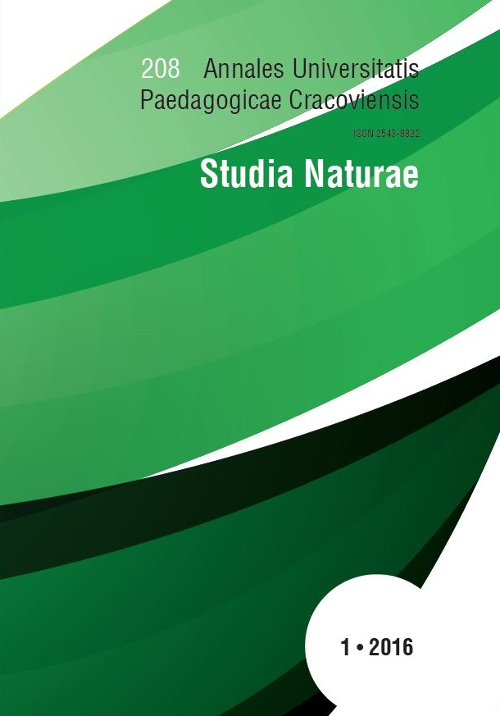Conservation of the genetic diversity of local corn (Zea mays L.) in the Yucatan Peninsula, Mexico
Keywords:
Campeche, conservation, corn, cultivation, diversity genetic, Mexico, YucatánAbstract
The production of native corn at regional level is greatly limited by the seasonality of rainfall, availability of adequate lands, poor fertility status of the soil, high input costs and constraints of resources of the local corn growers and/or producers. The challenges of reduced cultivable area give very little opportunity for increasing production area in a sustainable manner; it is important to note that the soil recover their fertility status through crop rotation and prolonged rest period (> 25 years) known as sequential agroforestry system or "milpa". During 2015, corn collections were performed in the Yucatan Peninsula, Mexico that included five races from the Yucatan (in localities of Nohacal and Peto) and Campeche (Calakmul, Suc-Tuc, Sakabchen, I Chek) states. The races identified were: 1) Nal-Tel (gallito), 2) Dzit Bacal, 3) Xnu’uc Naal (Tuxpeño), 4) Palomero and, 5) Tabloncillo. The local varieties, Pix Cristo (Knees of Christ), Eh Hu (Purple maize) and Chac Chu’ub (Chac´s Blood or Red maize), are included within the Tuxpeño (Xnu´uk Naal) race. The land race of corn that is in imminent danger of extinction is Nal-Tel, characterized by its precocity and ability to escape periods of low rainfall; is important to rescue it for adoption to the practices of local and regional production. The adaptation of this race as a germplasm is important due to its resilience to climate change itself. Palomero, Tabloncillo, Pix Cristo, Chac Chu´ub and Eh Hu can thus be used in traditional food industry, to preserve the traditional knowledge and to provide opportunities for additional income for the local, rural communities. Yellow Palomero and Tabloncillo races are new records of germplasm for the region; and hence essential is exchanging their seeds among local producers and growers.
Downloads
Metrics
References
Arias, L.M., Latournerie, L., Montiel, S., Sauri, E. (2007). Cambios recientes en la diversidad de maíces criollos de Yucatán, México. Universidad y Ciencia, 23(1), 69–73. [In Spain]
Arteaga, M.C., Moreno-Letelier, A., Mastretta-Yanes, A., Vázquez-Lobo, A., Breña-Ochoa, A., Moreno-Estrada, A., Eguiarte, L.E., Piñero, D. (2016). Genomic variation in recently collected maize landrace from Mexico. Genomics Data, 7, 38–45. https://doi.org/10.1016/j.gdata.2015.11.002
Buenrostro, M. (2009). The benefits of the cornfields. Ciencias, 92, 30–32. [In Spain]
Cázares-Sánchez, E., Chávez-Servia, J.L., Salinas-Moreno, Y., Castillo-González, F., Ramírez-Vallejo, P. (2015). Grain composition variation among native maize (Zea mays L.) of yucatan, Mexico. Agrociencia, 49(1), 15–30.
Cruz-Cortés, N. (2000). Los hombres de barro y los hombres de maíz. Estudios Mesoaméricanos, 1, 24–30. [In Spain]
Ine-Conabio-Sagarpa (2008). Documentos de trabajo para el taller: Agrobiodiversidad en México. El caso del maíz. Dirección de Economía Ambiental (INE), Comisión Nacional para el Conocimiento y Uso de la Biodiversidad (CONABIO), Sistema Nacional de Recursos Fitogenéticos para la Alimentación y la Agricultura (Sagarpa), México. [In Spain]
Lazos, E., Cheauvet, M. (2012). Análisis del contexto socio y biocultural de las colectas de maíces nativos en México. Proyecto Global de Maíces Nativos. Comisión Nacional para el Conocimiento y Uso de la Biodiversidad (CONABIO), México. [In Spain]
Perales-Rivera, H., Golicher, D. (2011). Modelos de distribución para las razas de maíz en México y propuesta de centros de diversidad y de provincias bioculturales. Comisión Nacional para el Conocimiento y Uso de la Biodiversidad (CONABIO), México. [In Spain]
Serratos-Hernández, J.A. (2009). El origen y la diversidad del maíz en el continente americano. Greenpeace, México. [In Spain]
Wellhausen, E., Roberts, L., Hernández, E., Mangeldorf, P.C. (1951). Razas de maíz en México. Su origen, características y distribución. Programa de Agricultura Cooperativo de la Secretaría de Agricultura y Ganadería, Fundación Rockefeller, México. [In Spain]

